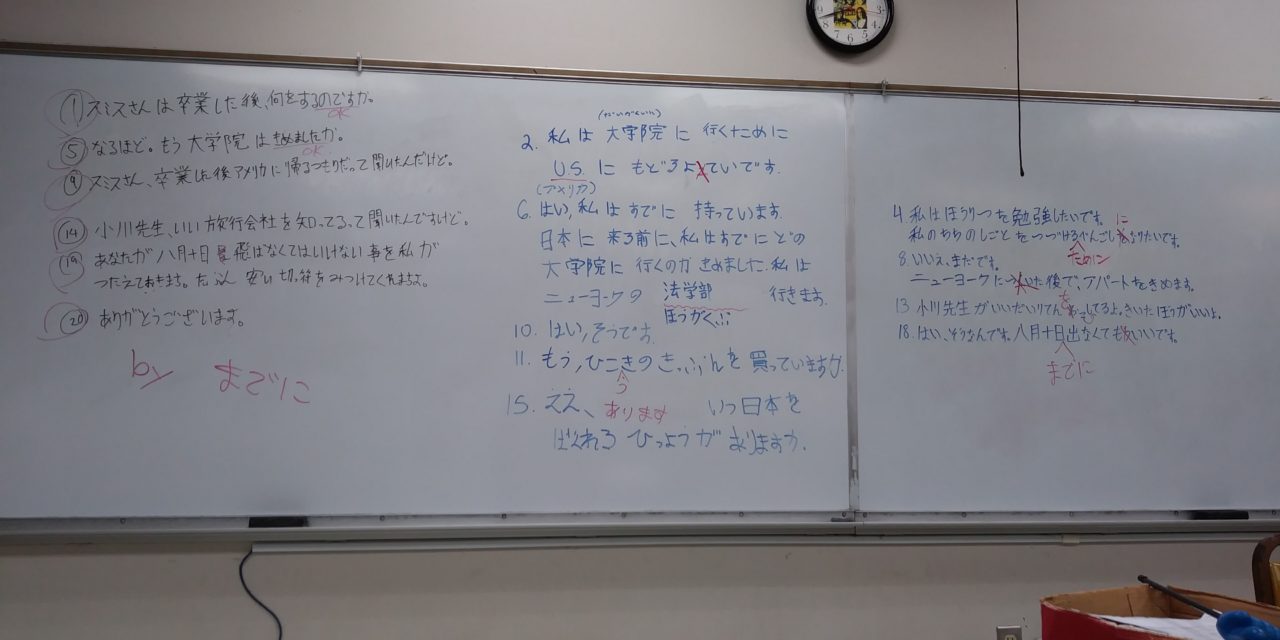By Lexus Yamashiro | Staff Writer
With registration for Spring 2018 courses now open, there are several factors that students will want to consider before hitting the submit button. From deciding when is the best time to attend class to who is the best professor to learn from, students are given many choices that allow them to be independent in determining how they want to complete their required courses.
This includes three choices for students to decide on how they want to take their classes. KCC offers three ways that students can complete credits: face-to-face, hybrid (in-class and online), and online (referred to as WWW on STAR). Each of these course types have its own perks that suit a student’s learning style and pace, but also have disadvantages that could potentially challenge students throughout the semester.
As semesters go by, students will begin to notice the pros and cons of these different classes offered on campus, providing that they have taken all three. Eventually, the experiences generated with from course options will help students determine what classes they would want to take again and possibly avoid.
Face-to-face courses:
Growing up, the majority of today’s population has gone to school having to sit in a classroom for about six hours a day. Although students nowadays are not obligated to take this type of class, it is still offered as one of the more popular options to choose from. Some students will lean toward this option because of the personal connections that they can make with their professor and classmates that in the long run will be highly beneficial since they can easily seek help from these individuals.
Besides the new relationships that will spark, taking face-to-face courses also allow students to be engaged and active with what they are learning. From the Seven Learning Styles, the modalities auditory, visual and kinesthetic are heavily practiced in a classroom setting and intertwine in a unique way for students to retain information. For instance, professors who give lectures will typically provide a visual for their students whether it be a PowerPoint presentation or writing on a whiteboard. As students see this and slowly take in the information that is being presented, their bodies will push them to take notes while the professor further explains the new material, ultimately incorporating the three main learning styles.
As nice as this sounds, it does take discipline to do this for a class that meets two to four times a week. It is typical for students to eventually lose interest or focus at some point during the class period, and the longer the class lasts the more prone students are to start daydreaming mid-lecture. Face-to-face classes can be time-consuming for students who have other priorities but do provide them with an enriching educational experience to help them succeed.
Hybrid courses:
As established in its name, hybrid courses are a combination of a face-to-face and online course for students as another option. Due to these classes requiring assignments to be completed online, students only have to meet with their class about once or twice a week. Depending on how much material is covered in a day, this course type allows students more time to process the new information during the days that they do not have to meet for class. In addition, depending on the professor, students are also given more time to produce detailed work without having to feel pressured that it might be due the next day.
Students are still provided with the opportunity to create new relationships with their classmates and professor while receiving quick answers to questions that are asked on the days that class is held. The only downside that some might face with these courses is that once they are out of the classroom, the online section of the course will often become forgotten. Unless if a reminder is given for an assignment soon to be due on Laulima, students tend to forget about these online deadlines, which can lead to them falling behind in class.
Online courses:
The idea of not having to step foot on campus (except for the course exams which are required to be taken in the Lama Library’s Testing Center) would be any student’s dream, which fortunately is made available for students to consider enrolling in. Ideal for those who may have a full-time job or are unable to come to campus for whatever reason, online classes are convenient in the sense that they can be worked on from anywhere and anytime.
This option gives students the most independence to earn credits since they will basically be teaching themselves throughout the entire semester. Professors will provide resources online and simply expect that their students will learn and review all of the materials as the weeks go by so that by the time an exam approaches, they will be prepared and able to pass.
However, similar to a hybrid course, this is another case that will leave students forgetful of when deadlines are. Since online classes often give students as much time to complete assignments, these important dates get pushed to the back of their minds until it is revisited again or remembered. Students will need to make a consistent studying schedule and visit course’s online website daily if they want to keep up, otherwise taking an online class can be just as challenging as a face-to-face course.
With these three choices that students can contemplate, deciding on which class to enroll in can become tricky if not all class types have been taken before. Essentially, these class types push students to thoroughly think about which would best suit their learning style. If a student’s decision on which course type to take is unclear, the question of whether he/she will be able to put in the time and effort should be asked. With a higher commitment, it will motivate students to try out an unfamiliar class type to enroll in and possibly spark a liking for a new educational setting.






